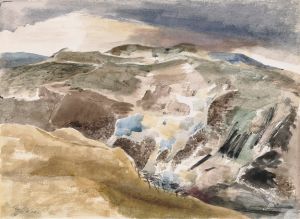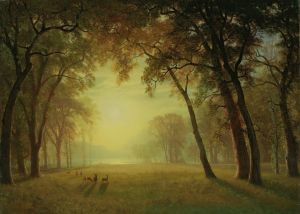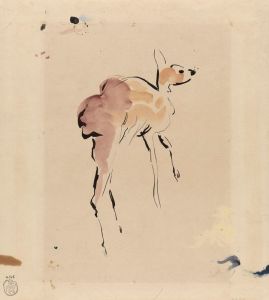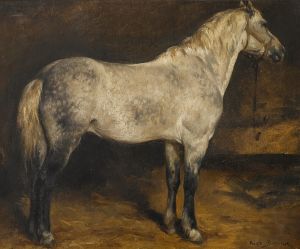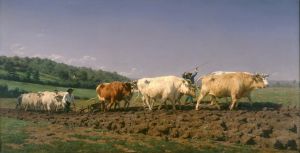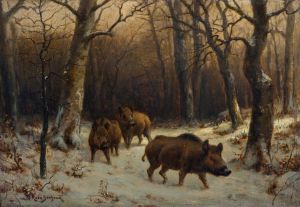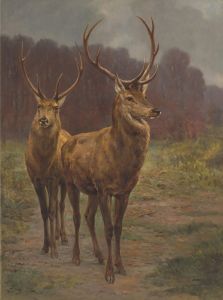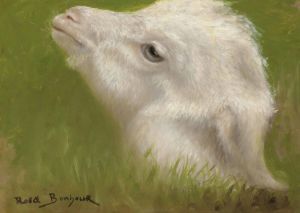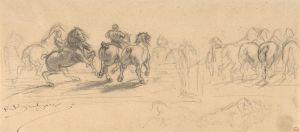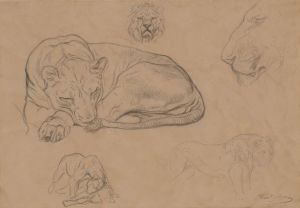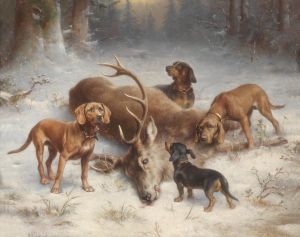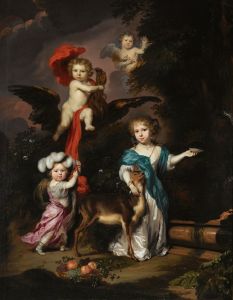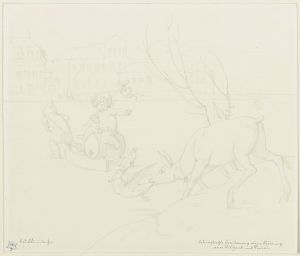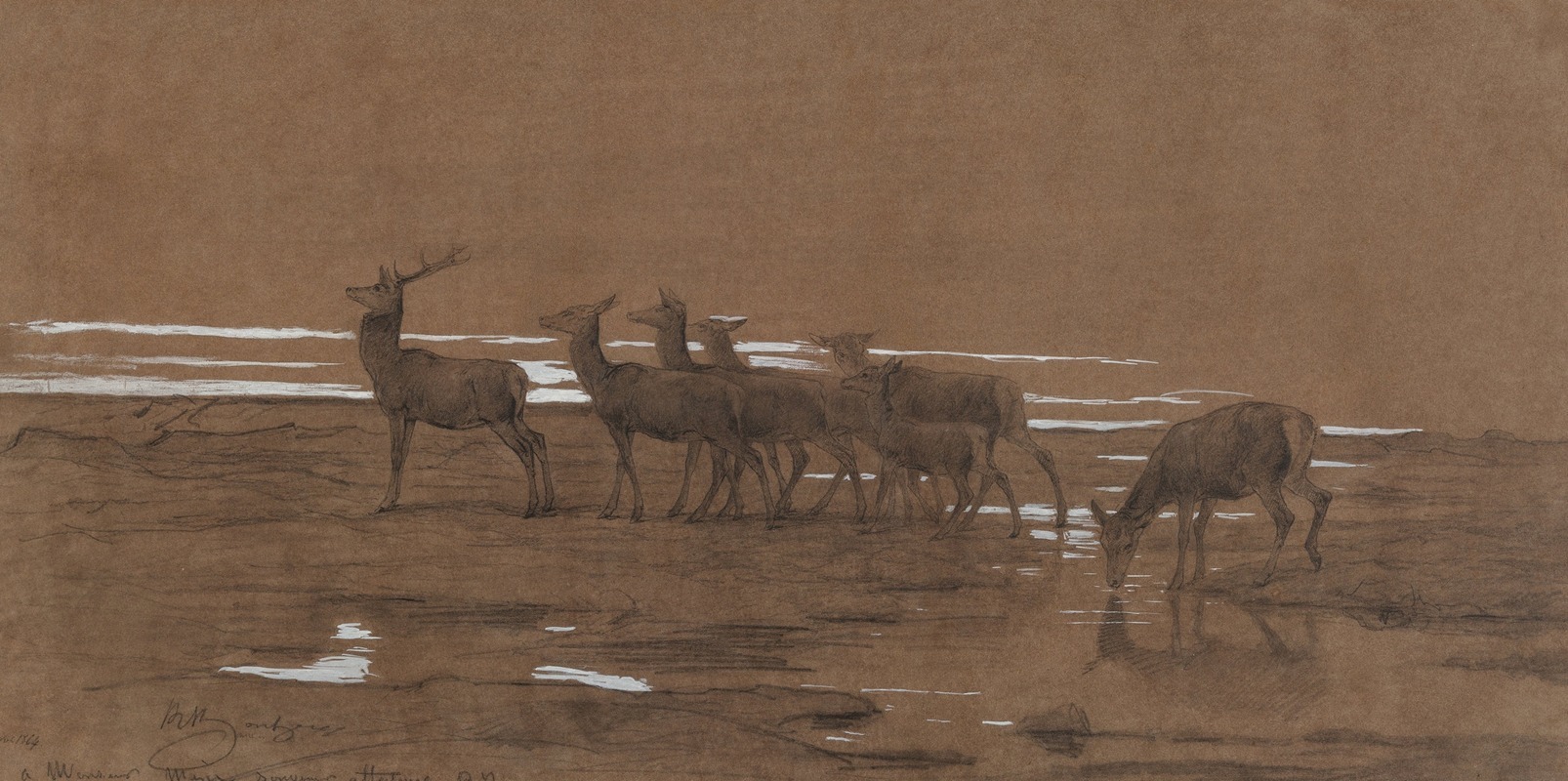
The leading stag
A hand-painted replica of Rosa Bonheur’s masterpiece The leading stag, meticulously crafted by professional artists to capture the true essence of the original. Each piece is created with museum-quality canvas and rare mineral pigments, carefully painted by experienced artists with delicate brushstrokes and rich, layered colors to perfectly recreate the texture of the original artwork. Unlike machine-printed reproductions, this hand-painted version brings the painting to life, infused with the artist’s emotions and skill in every stroke. Whether for personal collection or home decoration, it instantly elevates the artistic atmosphere of any space.
Rosa Bonheur, a renowned 19th-century French artist, is celebrated for her realistic depictions of animals and rural scenes. Among her notable works is "The Leading Stag," a painting that exemplifies her meticulous attention to detail and profound understanding of animal anatomy and behavior. Bonheur's work is often associated with the Realism movement, which sought to portray subjects truthfully, without idealization.
"The Leading Stag" is a testament to Bonheur's dedication to capturing the essence of the natural world. Although specific details about the painting's creation, such as its exact date and current location, are not widely documented, it is consistent with Bonheur's broader body of work, which often focused on animals in their natural habitats. Her paintings typically reflect her deep observation and study of her subjects, which she achieved through extensive fieldwork and sketching in nature.
Rosa Bonheur was born in Bordeaux, France, in 1822, into a family of artists. Her father, Oscar-Raymond Bonheur, was a landscape and portrait painter who encouraged her artistic pursuits from a young age. Bonheur's interest in animals was evident early in her career, and she frequently visited slaughterhouses and livestock markets to study animal anatomy, which informed her realistic portrayals.
Bonheur's commitment to realism and her ability to capture the vitality of her subjects earned her significant acclaim during her lifetime. She became one of the most famous female painters of the 19th century, breaking gender barriers in the art world. Her most famous work, "The Horse Fair," painted in 1853, solidified her reputation as a master of animal painting and was exhibited to great acclaim in Paris and later in London and New York.
"The Leading Stag" likely shares the same level of detail and dynamic composition that characterizes Bonheur's other works. Her paintings often feature animals in motion, set against expansive landscapes, highlighting her skill in rendering both the physicality of the animals and the atmosphere of their environment. Bonheur's ability to convey the power and grace of animals made her paintings popular among art collectors and institutions.
Throughout her career, Bonheur received numerous honors and accolades. In 1865, she was awarded the Legion of Honor by the French Empress Eugénie, becoming the first female artist to receive this distinction. Her work continues to be celebrated for its technical excellence and its contribution to the Realism movement.
While specific information about "The Leading Stag" is limited, it remains an important part of Rosa Bonheur's legacy as an artist who dedicated her life to capturing the beauty and complexity of the animal kingdom. Her paintings continue to inspire and influence artists and art enthusiasts around the world, ensuring her place in art history as a pioneering figure in the depiction of animals.





